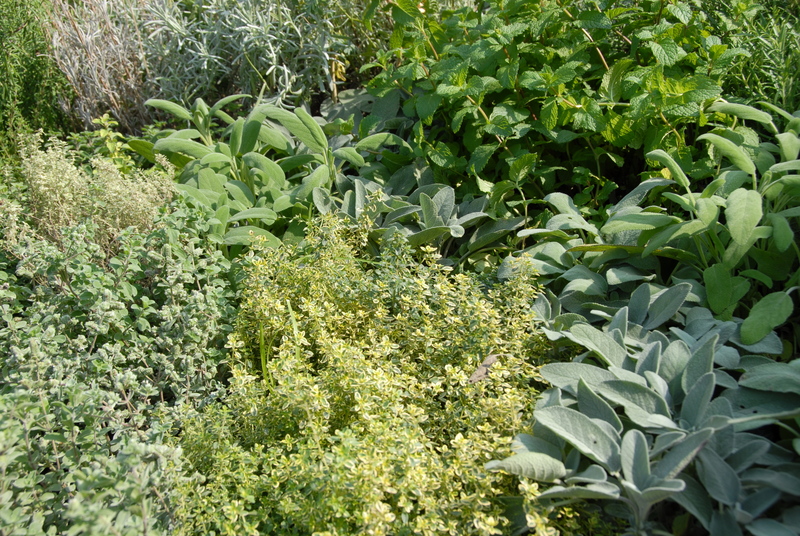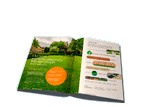Intro to Cold Frame Gardening Techniques
Posted on 01/08/2024
A cold frame is a simple, unheated outdoor structure with a transparent roof and walls that capture solar energy to create a warm microclimate for plants. Commonly made from wood, metal, glass, or plastic, cold frames help extend the growing season, protect plants from harsh weather, and allow for earlier planting in the spring and later harvesting in the fall.
Why Use Cold Frames?
Cold frames offer numerous benefits to gardeners. They trap heat and maintain higher temperatures than the surrounding environment, enabling the growth of cool-season crops like lettuce, spinach, and radishes even in the colder months. Additionally, cold frames ensure that tender plants are shielded from frost, wind, and heavy rain, thus promoting healthy and robust growth.

Types of Cold Frames
There are various types of cold frames, each suited to different needs and conditions. Traditional cold frames are wooden boxes with glass or clear plastic tops. Portable cold frames, made from lightweight materials like plastic, allow for easier relocation. Finally, dug-in or insulated cold frames are partially buried, harnessing the earth's temperature stability.
Building Your Own Cold Frame
Constructing a cold frame can be a fun and rewarding DIY project. Begin by selecting a location that receives ample sunlight. Materials like repurposed windows, wooden planks, or rigid plastic panels can be used for building. Ensure that the cold frame is sturdy and has a sloped top to allow for water runoff. Insulate the edges with soil, straw, or mulch to maximize heat retention.
Using Cold Frames Effectively
To maximize the benefits of a cold frame, consider the following techniques:
- Ventilation: Regularly open the cold frame on warm days to prevent overheating and to allow air circulation.
- Watering: Monitor soil moisture and water as needed to keep the soil evenly moist. Avoid overwatering, as it can lead to mold or root rot.
- Temperature Monitoring: Use a thermometer to monitor internal temperatures and adjust the openings as necessary.
- Crop Rotation: Rotate crops to preserve soil health and prevent pest buildup.
Pros and Cons of Cold Frame Gardening
Pros
- Extended Growing Season: Cold frames provide a longer growing period, allowing gardeners to enjoy fresh produce for more months of the year.
- Protection: Plants are shielded from frost, wind, and heavy rains, providing a safer environment for growth.
- Cost-Effective: Building a cold frame can be affordable using repurposed materials.
Cons
- Limited Space: The size of cold frames restricts the number of plants that can be grown at a time.
- Manual Maintenance: Cold frames require regular monitoring and adjustment to ensure optimal conditions.
- Potential Overheating: Without proper ventilation, plants inside a cold frame can overheat on warm days.
Tips for Successful Cold Frame Gardening
- Select Hardy Plants: Choose crops that are well-suited for cold frame growing, such as leafy greens, brassicas, and root vegetables.
- Insulate During Winter: Add an extra layer of insulation using bubble wrap or blankets during extremely cold nights.
- Regular Checks: Check on your cold frame regularly to ensure optimal growing conditions.
- Use Quality Soil: Ensure the soil in your cold frame is rich in nutrients to promote healthy plant growth.

Takeaways
Cold frame gardening is a practical solution for extending the growing season and protecting plants from adverse weather conditions. By understanding the different types of cold frames, proper construction methods, and effective usage techniques, gardeners can enjoy bountiful harvests throughout the cooler months. Remember to monitor and maintain your cold frame regularly to ensure optimal plant health and productivity.
Conclusion
Cold frame gardening offers an exciting opportunity for gardeners to extend their growing seasons and protect their crops from unforgiving weather. While there are some challenges, the benefits of a well-maintained cold frame, such as increased yield and plant protection, are well worth the effort. By following the provided tips and being mindful of the pros and cons, gardeners of all levels can successfully cultivate a variety of plants using cold frame techniques.






 Certified and experienced landscapers
Certified and experienced landscapers



 Get a Quote
Get a Quote